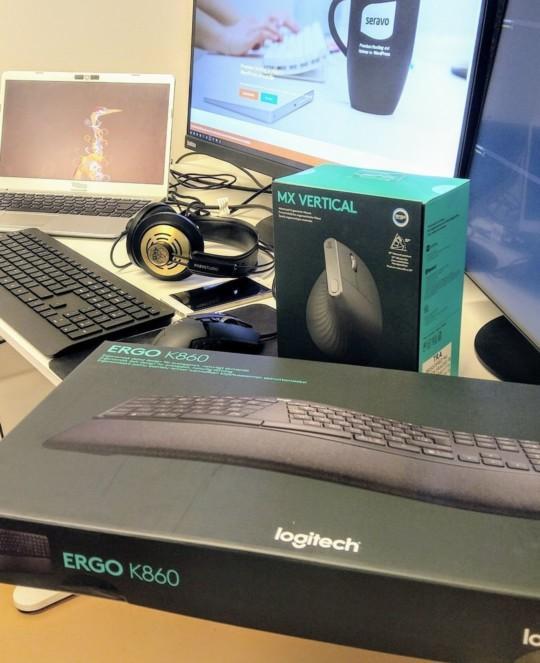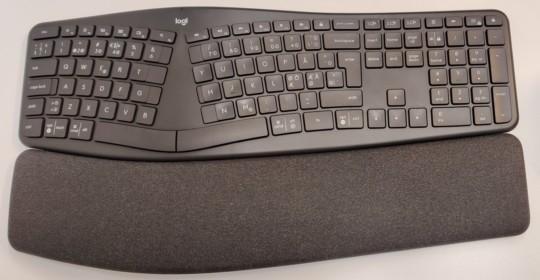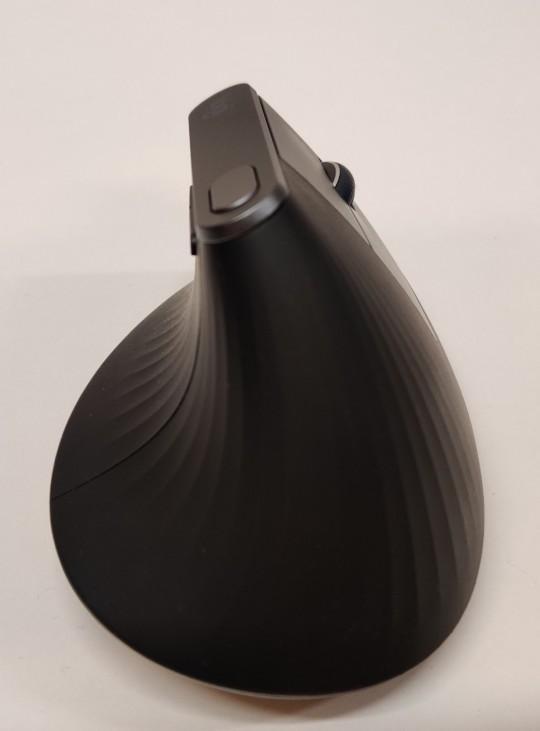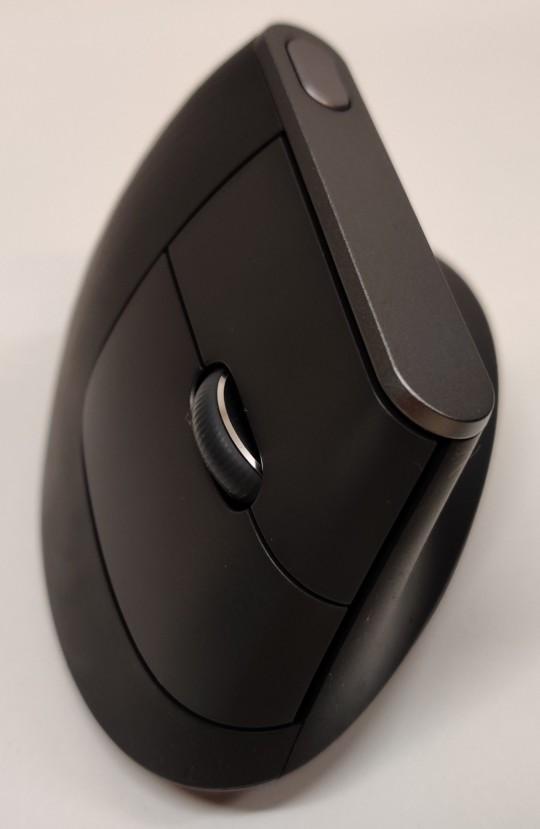I work at Seravo’s Customer Success team as a Support Specialist. Our team is responsible for taking care of support requests and phone calls from our customers. The most used channel for communication between the customers and us is email via a ticketing system.
Our statistics show that, in roughly six months I sent over 2000 responses to our customers. Some of them are short, some of them are long but either way, that is a lot of typing.
I got an assignment to test the Logitech Ergo K860 keyboard and MX Vertical mouse in my everyday work. The main goal was to reduce pressure on my wrists and general muscle strain during all that typing and mouse use, and to avoid repetitive stress injury (RSI) in the long run.

Keyboard
To connect the keyboard to my laptop running Ubuntu was super easy. Users can choose between the provided USB dongle or Bluetooth LE. To keep my two USB-A ports available for other devices I connected the keyboard using Bluetooth. After inserting two AAA batteries, the setup required to initiate the connection from Bluetooth devices and after typing the provided six number key from the computer screen a connection was created. Three devices can be connected and switching between them is easy using the designated keys.

Judging the keyboard by its looks, my first thought was “I’m never going to learn to type with this thing”, as the main keyboard layout is split into two parts. My muscle memory is accustomed to a very basic generic layout found on most laptops or external keyboards. For the previous six months, I had been using a generic Microsoft Desktop 900 keyboard and mouse set.

Surprisingly, after only one day of normally replying to emails and writing documentation, I realized that my fingers found their places on this layout very quickly. By the end of the day, I didn’t have to think about or look to find the correct keys.
One small detail I noticed was that I had been mostly typing the letter ‘B’ with my right hand. This is definitely inefficient since ‘B’ is located on the left-hand side of the keyboard layout. Basically, the keyboard layout taught me how to press a certain key more efficiently.
Another thing that I learned was that, using the laptop keys, my wrists are constantly working on multiple axes. To move my wrists, I also tend to move the whole arm, even if only slightly. The Ergo keyboard enables me to rest my wrists in one spot when typing a long text, leading to less strain on my neck and upper back muscles.
Mouse
I use quite a lot of shortcut keys but the mouse is still an essential part of my everyday work. E.g. selecting text in a web browser using just a keyboard is difficult, if not impossible. Just like the Ergo keyboard, the MX Vertical mouse can be connected using a dongle or Bluetooth and it supports three devices. The device selector button can be found on the bottom.
The mouse has a built-in battery that’s charged via USB-C. Battery life seems very impressive, as I only had to charge the mouse twice in three months.

After the first day of use, I felt a strange pressure on the outer part of my wrist, around the pisiform bone. Perhaps it was just related to adjusting to the new angle because the pressure had not returned since.
The mouse has a button to change between two DPI settings. Unfortunately it lacks manufacturer level Linux support so getting this button to work needs a little tinkering.
Open source enthusiasts have created libratbag that allows configuring input devices. Another tool called piper enables a GUI on top of libratbag. With piper I was able to change the DPI setting. After finding a suitable setting I noticed that pressing the DPI switch button switched between two values, the default and my own setting. So it turned out that the button had worked the whole time, it just didn’t seem to do anything as it was switching between the same two values. Since then, I’ve been using the faster default setting when moving windows etc., i.e. tasks that don’t need as much precision.

Logitech is known for creating great mouse wheels that can be unlocked. Unfortunately, the MX Vertical does not unlock, so with long documents it becomes a lot of scrolling. I should figure out how to create a custom scrolling solution for the wheel. xbindkeys might be the solution I’m looking for.
I’d like to keep the default setting available, for precision tasks, so changing the operating system’s mouse settings is not ideal. Maybe the mouse wheel could initiate Page Up and Page Down keys when having a modifier button pressed on the keyboard.
Conclusions
- The keyboard layout was surprisingly easy to learn.
- My wrists are definitely under less pressure and there’s no need for so many small but tiring adjustments regarding wrist or arm angle.
- Using the mouse precisely took a while to learn but now I’m moving between three screens faster and with a lot less arm movement. I’m using a much higher DPI value than previously with a “normal” mouse.
- The mouse wheel is a minus, so I better take a look at creating that modifier key ASAP.


